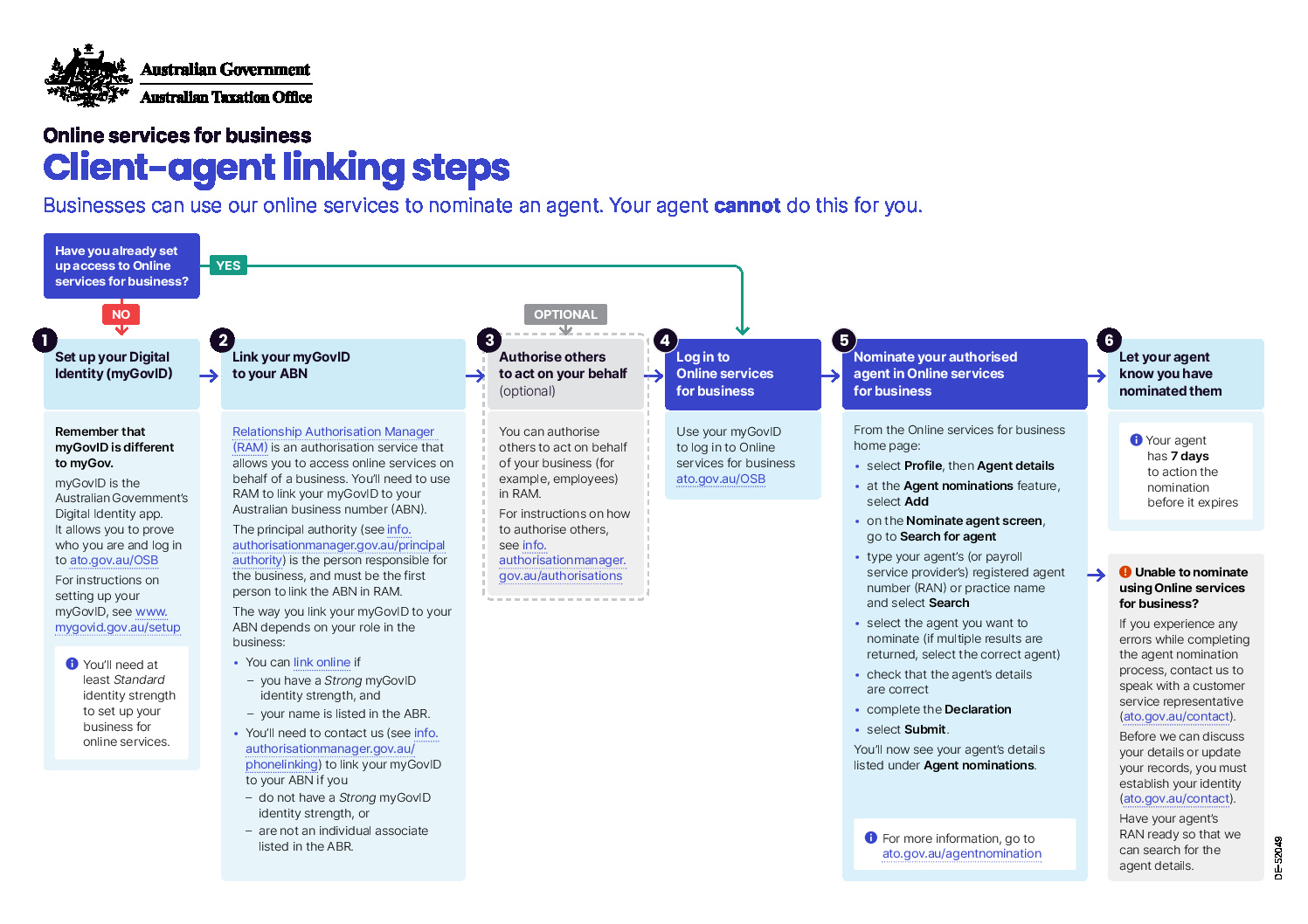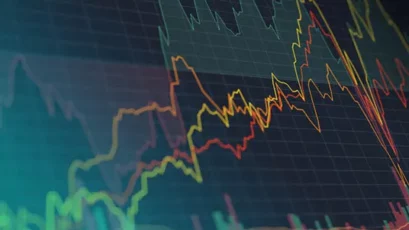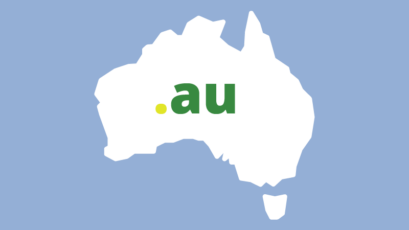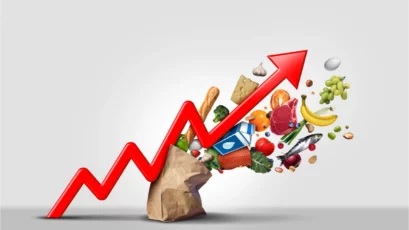Director Mark Beveridge talks through what happened in the financial markets in August 2019.
Australian shares suffered a fall in August as global pressures weighed on sentiment while earnings season mostly delivered in line with expectations. The S&P/ASX 200 Index returned -2.36% over the month, with the Materials (-7.5%) and Energy (-5.6%) sectors the hardest hit. The Healthcare sector gained 3.6% with good reports from Nanosonics and Resmed.
The return on Global shares finished at -0.04% for the month after a sell-off mid-month which saw the S&P 500 decline by 4.7% and the Nasdaq fell 5.5% during the first three days of August. The catalyst was a mix of tariff wars, a yield curve inversion and disappointment that the US Federal Reserve ‘only’ cut by 25 basis points when some had been hoping for a 50 basis points cut.
Australian listed property continued a very good run, gaining 1.18% in August, and 19.42% over the last twelve months.
The real winner of August was fixed interest. Global bond yields plunged thanks to the trade war and leading indicators like the global Purchasing Managers Index (PMI) falling into contraction territory. In addition, central banks such as the ECB were signalling that they would consider a return to Quantitative Easing (QE) which means buying all of the bonds they can get their hands on, which pushes yields even lower.
| INDEX RETURNS AS AT 31 August 2019 (%) | ||||
| 1 month | 3 months | 6 months | One year | |
| Australian Shares | -2.36 | 4.23 | 9.33 | 9.04 |
| International Shares | -0.04 | 7.49 | 8.81 | 7.59 |
| Australian Listed Property | 1.18 | 8.16 | 14.72 | 19.42 |
| Global Listed Property | 1.98 | 3.91 | 6.39 | 8.61 |
| Australian Fixed Interest | 1.51 | 3.54 | 7.53 | 11.20 |
| International Fixed Int | 2.20 | 4.24 | 7.51 | 10.00 |
| Cash | 0.08 | 0.34 | 0.82 | 1.82 |
| Market Indices | ||||
| S&P/ASX 200 Accumulation Index | ||||
| MSCI AC World ex Aust TR Index $A | ||||
| S&P/ASX 300 Property Trusts Accum Index | ||||
| FTSE EPRA/NAREIT DEVELOP NR INDEX (A$ HEDGED) | ||||
| Bloomberg Composite 0 + Years | ||||
| BarCap Global Aggregate Index Hedged AUD | ||||
| Bloomberg Aus Bank Bill Index | ||||
The falling yields on bonds is the inverse effect of people being willing to pay more for those bonds. Further, even when bond yields are already negative, they can still provide a capital gain as they did during August.
At the end of August, the 10 year US Government bond was priced such that it would provide a 1.5% per annum return if held to maturity in ten years. To give an idea of the extremes in Europe, all of the government bonds, of all maturities, in Germany, Denmark, Netherlands and Finland now have negative yields. Closer to home, if you bought the Vanguard Global Aggregate Bond ETF at the end of August 2019, the yield to maturity of that bond portfolio was a mere 1.28%. Yes, it did provide a 10.34% gain over the trailing 12 months, but this is a return that cannot repeat unless more bond market yields fall into the deeply negative territory.
This is one case where the old adage, ‘past return is no indication of future performance’ is very true. It is likely that at best, returns would be 1.28% per annum for the next few years if rates remained unchanged from here. If they increase, then a lot of last years gain will be given back. This is the very tricky field that we are navigating on behalf of investors today.
Receive peace of mind in your personal finance – call Quill Group today
If you want to get more involved with your superannuation, investments or insurance, please give us a call at Quill Group.













